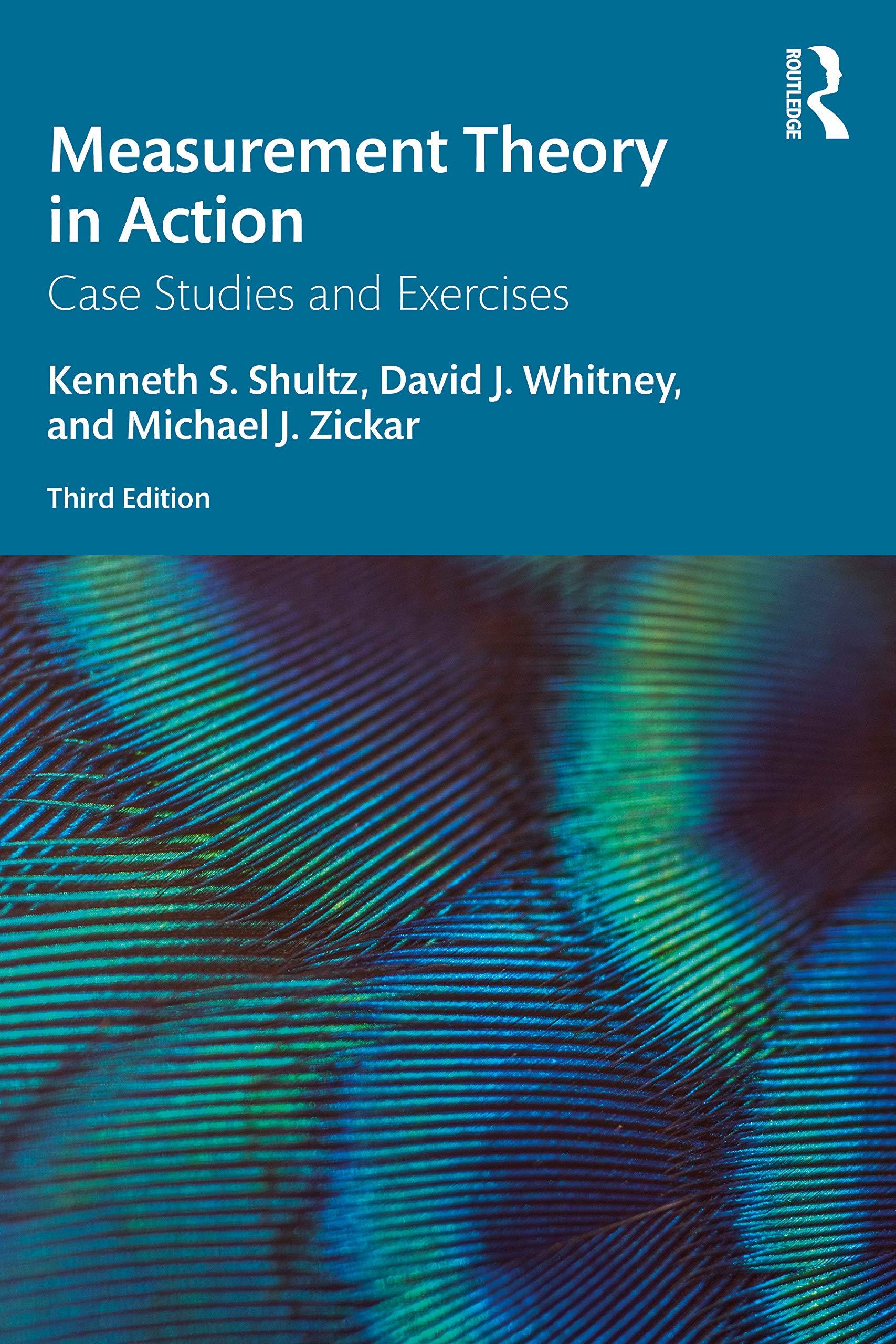Amanda, a graduate student who had just completed her first year in an industrial and organizational psychology
Question:
Amanda, a graduate student who had just completed her first year in an industrial and organizational psychology PhD program, was excited because she had just gotten her first consulting job. She was to develop a performance appraisal form to assess workers in her uncle’s small domestic cleaning service. There were a total of 15 “maids” and two office supervisors. Her uncle wanted to know which maids should receive a pay raise and how much he should give each of them. He wanted to make sure, however, that their raises were performance based. So, he contracted with Amanda to create an easy-to-use performance appraisal form that he and his two office supervisors could use to assess each maid and ultimately use that information to determine the size of the raise for each maid.
Amanda first conducted a literature search to see if she could find an existing performance assessment form that would fit the bill. While some existing forms looked like they might work, it seemed like no matter which one she chose she would have to do some significant modifications.
She also noticed that different forms used different points of reference. For example, some performance appraisal forms used an absolute scale (e.g., below standard … at standard … above standard), while others used a relative scale (e.g., below average … average … above average). Some used a paired comparison technique. That is, who is the better performer? Maid A or Maid B? Maid A or Maid C? Also, some scales had three categories or anchors, others five, some seven, and one was on a scale of 1–100. There was even one that had no numbers or words at all; it was simply a series of faces ranging from a deep frown to a very big grin. A bit overwhelmed and a little unsure of how to proceed, Amanda decided to seek the advice of the professor who would be teaching her performance appraisal class next semester.
Questions
1. What difference (if any) does it make if Amanda uses an absolute or a relative rating scale?
2. Should Amanda just develop her own scale or try to use an existing measure?
3. What issues should Amanda be concerned with if she modifies an existing scale?
4. Is Amanda more interested in scaling responses, stimuli, or subjects? Explain.
5. Who should serve as the raters in this case? The supervisors? Her uncle? The respective clients?
6. Would the decision in terms of who will serve as raters affect which type of scale is used (e.g., relative versus absolute versus paired comparison)?
Step by Step Answer:

Measurement Theory In Action
ISBN: 9780367192181
3rd Edition
Authors: Kenneth S Shultz, David Whitney, Michael J Zickar





